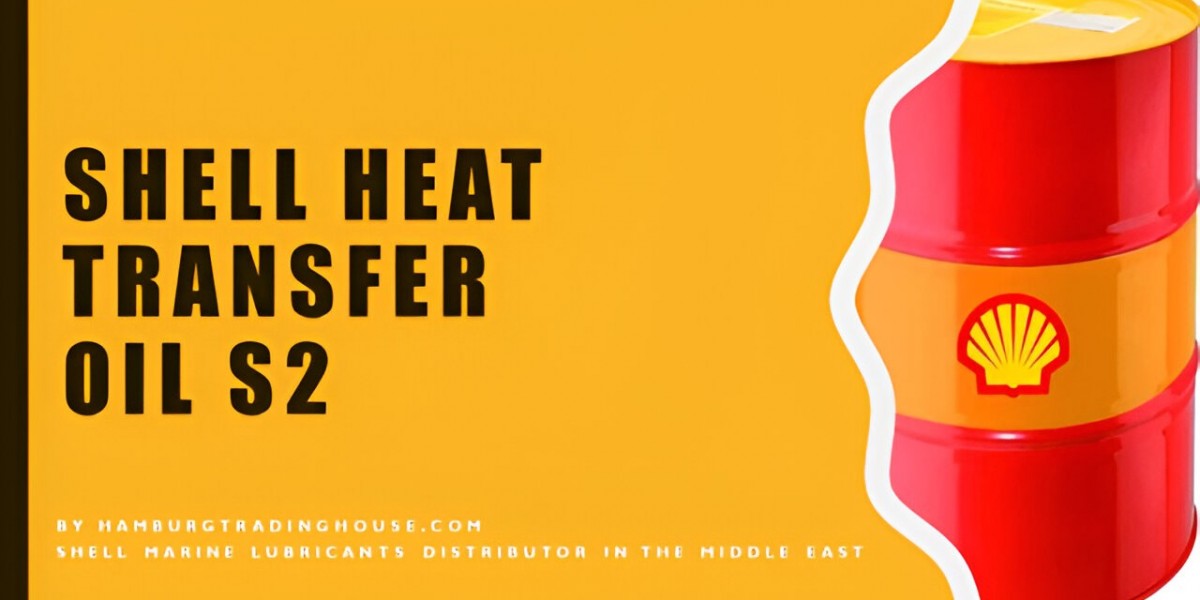High-Quality Heat Transfer Oil – Safe & Efficient Fluid
What Is Heat Transfer Oil?
Ever wondered what keeps your industrial machines running smoothly at high temperatures? That’s where heat transfer oil comes into play. These are specialized fluids designed to carry and transfer heat efficiently from one part of a system to another—like the unsung hero in the background, making sure everything runs hot, but not too hot.
The Role of Heat Transfer Fluids in Industry
Heat transfer oils are the backbone of temperature regulation in a wide range of industries. From plastics manufacturing to food processing, these fluids make sure machines stay at optimal temperatures, preventing damage and improving productivity.
Common Applications
Chemical plants
Pharmaceutical processing
Food-grade heating systems
Petrochemical industries
Solar thermal systems
If you've ever used a plastic bottle or eaten a packaged snack, there’s a good chance heat transfer oil was involved in the production process.
Why Quality Matters in Heat Transfer Oils
Let’s get real: not all oils are created equal. When it comes to heat transfer fluids, quality isn't just a luxury—it’s a necessity.
Safety Considerations
Poor-quality fluids can break down under high temperatures, causing fires or system failure. And when you're dealing with industrial-level heat, that's a risk nobody wants to take.
Efficiency & Thermal Stability
A high-quality oil maintains its properties even when temperatures soar. This means fewer system shutdowns, more efficient energy use, and longer machine lifespans.
Types of Heat Transfer Oils
Heat transfer oils come in various flavors (not literally, please don’t taste them).
Mineral-Based Oils
These are refined petroleum products. They're cost-effective and widely used but may degrade faster at high temperatures.
Synthetic Heat Transfer Oils
Think of these as the luxury models. They offer better thermal stability, a wider operating range, and extended service life.
Silicone-Based Fluids
Ideal for extreme conditions. They're chemically stable and perform well in both high and low-temperature environments.
Choosing the Right Type for Your Needs
It all comes down to your application. Are you operating at 300°C? Do you need food-grade fluid? Always match the oil to the system's demand.
Key Features of High-Quality Heat Transfer Oil
So what makes an oil “high-quality”? Here are the non-negotiables:
High Thermal Conductivity
Better heat transfer equals better performance. Simple math.
Oxidation Resistance
A good oil won’t easily break down when exposed to oxygen and heat. This means fewer deposits and less sludge.
Low Viscosity & Better Flow
Think of syrup vs. water. Lower viscosity means the oil flows easily, reducing strain on your system.
How to Choose the Best Heat Transfer Oil
Picking the right fluid isn't just grabbing the priciest option off the shelf.
Temperature Range Requirements
Make sure the oil you choose performs well within your system’s operating temperature.
System Compatibility
Check that the oil is compatible with your pumps, seals, and pipes. Some fluids are aggressive on rubber or certain metals.
Manufacturer Reliability
Go with a trusted brand. Read reviews, ask for performance reports, and make sure they meet industry standards.
Maintenance Tips for Long-Lasting Performance
Even the best oil needs some TLC.
Regular Monitoring
Test your oil periodically for signs of oxidation or contamination. Early detection = longer life.
Proper Storage Practices
Keep containers sealed and store in a cool, dry place to avoid contamination.
Environmental & Safety Standards
In today’s world, performance alone doesn’t cut it. You also want safety and sustainability.
Eco-Friendly Formulations
Many modern oils are biodegradable and non-toxic, reducing environmental impact.
Industry Certifications
Look for certifications like ISO 9001, FDA approval (for food-grade), or ASTM standards.
Comparing Popular Brands
Brands like Therminol, Paratherm, and Dow offer high-performing oils. Compare them based on:
Performance Benchmarks
Flash point
Thermal stability
Life expectancy
Cost per cycle
Don’t just look at upfront cost—consider long-term performance.
Cost vs. Value – What Really Matters
Cheap oil might save you money today, but if it causes system damage or requires frequent changes, it's no bargain. Quality oil = lower lifetime cost.
Common Myths About Heat Transfer Oils
Let’s bust some myths.
“All Oils Are the Same”
Nope. Composition varies wildly, and so does performance.
“High Price Equals High Quality”
Not always. Do your research. The best oil for your system is the one that meets your specific needs.
Future Trends in Heat Transfer Fluids
The future is hot—literally and figuratively.
Nanofluids and Advanced Materials
Researchers are developing next-gen fluids that use nanoparticles for insanely efficient heat transfer.
Green & Sustainable Alternatives
Eco-friendly, non-toxic oils that don't sacrifice performance? That’s where the industry is headed.
Final Thoughts
Choosing the right heat transfer oil can make or break your system’s performance. Whether you’re in manufacturing, food processing, or solar energy, investing in high-quality heat transfer fluids means better efficiency, safety, and peace of mind. So next time you see an industrial plant humming away, just know—there’s a high-quality heat transfer oil making it all possible.
❓FAQs
Q1: Can I use any heat transfer oil in my system?
No, always choose a fluid based on your system’s temperature range, materials, and application type.
Q2: How often should heat transfer oil be changed?
Typically every 1–3 years, but it depends on usage and oil type. Regular testing helps.
Q3: Are synthetic oils better than mineral oils?
Yes, in high-temp and long-duration applications. They're more stable and efficient.
Q4: Is heat transfer oil flammable?
Some are. Look for high flash-point formulations and always follow safety data guidelines.
Q5: Are there eco-friendly heat transfer fluids available?
Absolutely. Many brands now offer biodegradable, non-toxic options with excellent performance.
Contact Us:
? 23-KM Ferozepur Road, Near Total Petrol Pump, Lahore, Punjab
? +92 320 4074297 | +92 42 35271033
✉️ info@petrogiant.com
? www.petrogiant.com








